INDIAN ARMED FORCES CHIEFS ON OUR RELENTLESS AND FOCUSED PUBLISHING EFFORTS

The insightful articles, inspiring narrations and analytical perspectives presented by the Editorial Team, establish an alluring connect with the reader. My compliments and best wishes to SP Guide Publications.

"Over the past 60 years, the growth of SP Guide Publications has mirrored the rising stature of Indian Navy. Its well-researched and informative magazines on Defence and Aerospace sector have served to shape an educated opinion of our military personnel, policy makers and the public alike. I wish SP's Publication team continued success, fair winds and following seas in all future endeavour!"

Since, its inception in 1964, SP Guide Publications has consistently demonstrated commitment to high-quality journalism in the aerospace and defence sectors, earning a well-deserved reputation as Asia's largest media house in this domain. I wish SP Guide Publications continued success in its pursuit of excellence.
- Operation Sindoor: Resolute yet Restrained
- India’s Operation Sindoor Sends a Clear Message to Terror and the World – ‘ZERO TOLERANCE’
- Japan and India set forth a defence cooperation consultancy framework, talks on tank and jet engines
- Terrorist Attack in Pahalgam in Kashmir: Unfolding a long surgical war against PAK
- Lt General Pratik Sharma takes over Command of Indian Army's Northern Command
Canistered Loitering Munitions for Army
The Canister Launched Anti-Armour Loiter Ammunition (CALM) System is known as a drone that once fired can remain airborne for a period of time and after the target is sighted it can be guided to destroy the target with an explosive payload
 |
The Author is Former Director General of Information Systems and A Special Forces Veteran, Indian Army |
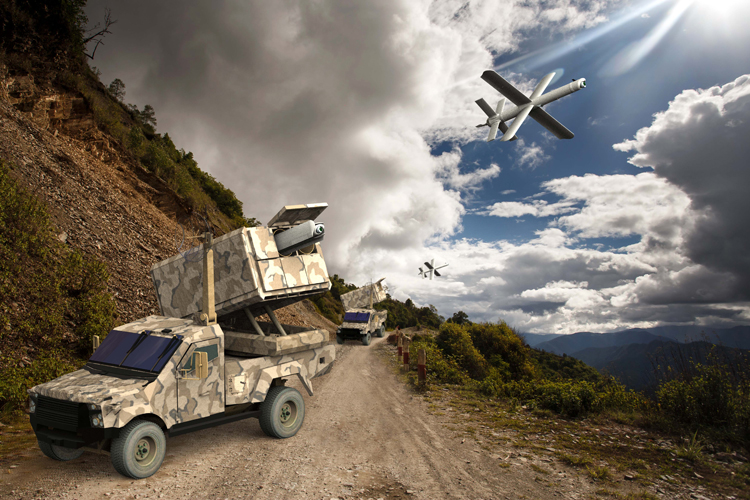
Numerous initiatives undertaken by the Indian Army to accelerate induction of drones for meeting requirements of the new age battlefield have been covered in these columns from time to time. The momentum has been accelerated during the current year. In March, the Army successfully tested three different types of indigenous loitering munitions in Ladakh at altitudes of over 15,000 feet. In August, the Army launched the 'Him Drone-a-thon' program in collaboration with the Drone Federation of India to catalyse and provide focused opportunities to the Indian drone ecosystem for developing drones to meet requirements of frontline troops.
In October, a number of requests for proposal (RFP) were issued, which included:
- Procurement of 363 indigenous drones in keeping with Army’s commitment to fight future wars with indigenous solutions;
- Procurement of 80 x mini Remotely Piloted Aerial Systems (RPAS) for tactical surveillance as a prelude to large scale induction, and;
- Procurement of 750 x RPAS to equip Army's Special Forces Battalions for pin-point precision strikes.
The Army reportedly plans to initially procure 10 sets of Canistered Loitering Munitions Utility Vehicles along with 120 Loitering Munitions. This Canistered Loitering Munitions will give the Army the capability to fire the munitions singly or in swarms.
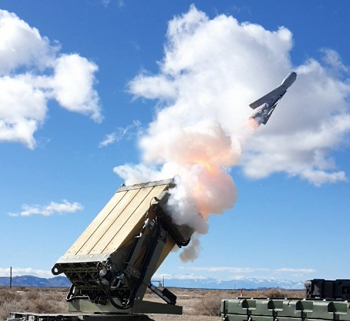
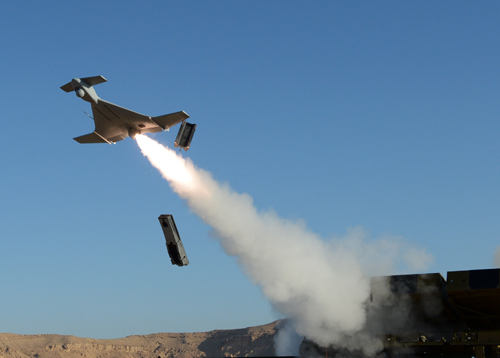
According to recent news, the Army has also issued a RFP for the procurement of vehicle-based Canistered Loitering Munitions. The system requirements are as follows: extended range of 100 km; carry 8 kg or bigger warhead; ability of being launched from an altitude of 4,000 metres or more; endurance of two hours; minimum two metres circular error of probability (CEP), ability to home on to the allocated target even if communication from the ground is disturbed; ability to engage moving target with precision; capable of system to be mounted on 4x4 utility vehicle not weighing more than 7.5 tonnes, preferably on the Ashok Leyland Stallion that can support 12 Loitering Munitions.
Response for the above RFP has been asked by November 10, 2022. The Army reportedly plans to initially procure 10 sets of Canistered Loitering Munitions Utility Vehicles along with 120 Loitering Munitions with extended range of 100 km and other operational capabilities as mentioned above. This Canistered Loitering Munitions will give the Army the capability to fire the munitions singly or in swarms.
The Canister Launched Anti-Armour Loiter Ammunition (CALM) System is known as a pre-loaded loiter munition canister or a drone that once fired can remain airborne for a period of time over a designated area and after the target is sighted it can be guided to destroy the target with an explosive payload.
Chinese companies are leaders in the global civilian drone industry, with most drones also having military applications, and China is the second largest drone market in the world, after the US. Chinese drone manufacturer DJI reportedly has the largest share of the global drone civilian-market followed by Chinese company Yuneec, US company 3D Robotics and French company Parrot.
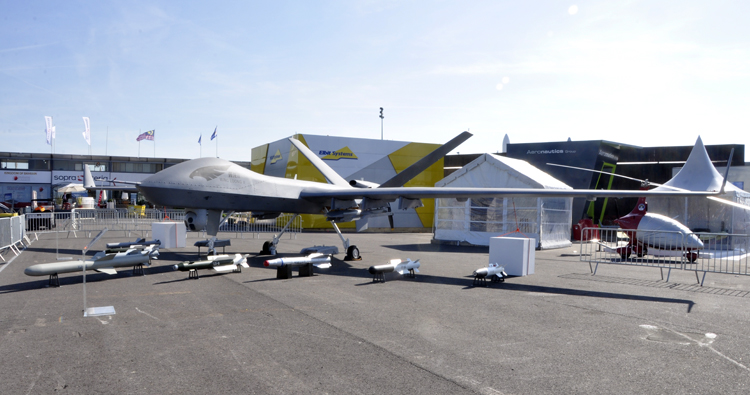
Reports of November 6, 2022 indicate that the Electronic Warfare (EW) version of China’s Wing Loong-10 Unmanned Aerial Vehicle (UAV) has entered service with the PLA
The PLA is in the process of being equipped with vehicle-based Canistered Loitering Munitions but the details are not available in the public domain. A significant development in China is the GJ-2 medium altitude long endurance armed reconnaissance drone of the People’s Liberation Army Air Force (PLAAF). The Aviation Industry Corporation of China has independently designed and produced the GJ-2 military unmanned aerial vehicle (UAV), a PLA variant of the popular Wing Loong II drone. The GJ-2 medium altitude long endurance armed reconnaissance drone has the ability to fire lasers.
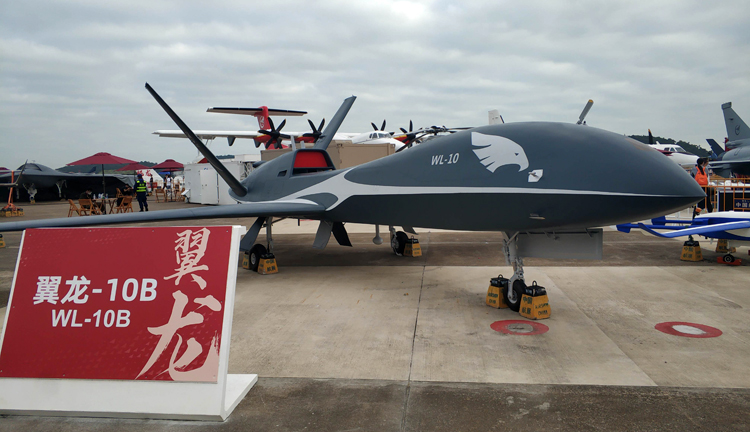
News reports of November 6, 2022 indicate that the Electronic Warfare (EW) version of China’s Wing Loong-10 Unmanned Aerial Vehicle (UAV) has entered service with the PLA. The official designation of this EW-UAV is WZ-10 or WL-10. According to preliminary information available, it is designed to locate electromagnetic signals between 100-300MHz at 200 kms. The UAV has a maximum take-off weight of 3200 kilograms, ceiling height of 12,500 metres, and a speed of 520 km/h. With two EW pods on its wings intended to interfere with and jam the enemy’s electronic systems, including radars and communication systems. It is designed to conduct electronic surveillance and possibly an endurance of over eight hours.
While reconnaissance drones have been on the scene for a long time, it is the power, speed and precision of the combat drones, particularly loitering munitions, that is conspicuous
The ongoing conflict in Ukraine has brought home the power of drones in the new age battleground. While reconnaissance drones have been on the scene for a long time, it is the power, speed and precision of the combat drones, particularly loitering munitions, that is conspicuous. In addition are the EW drones. A Chinese scientist has said that in future the battle will only be between drones. While that is unlikely, drones definitely will continue to play significant roles in battle.





